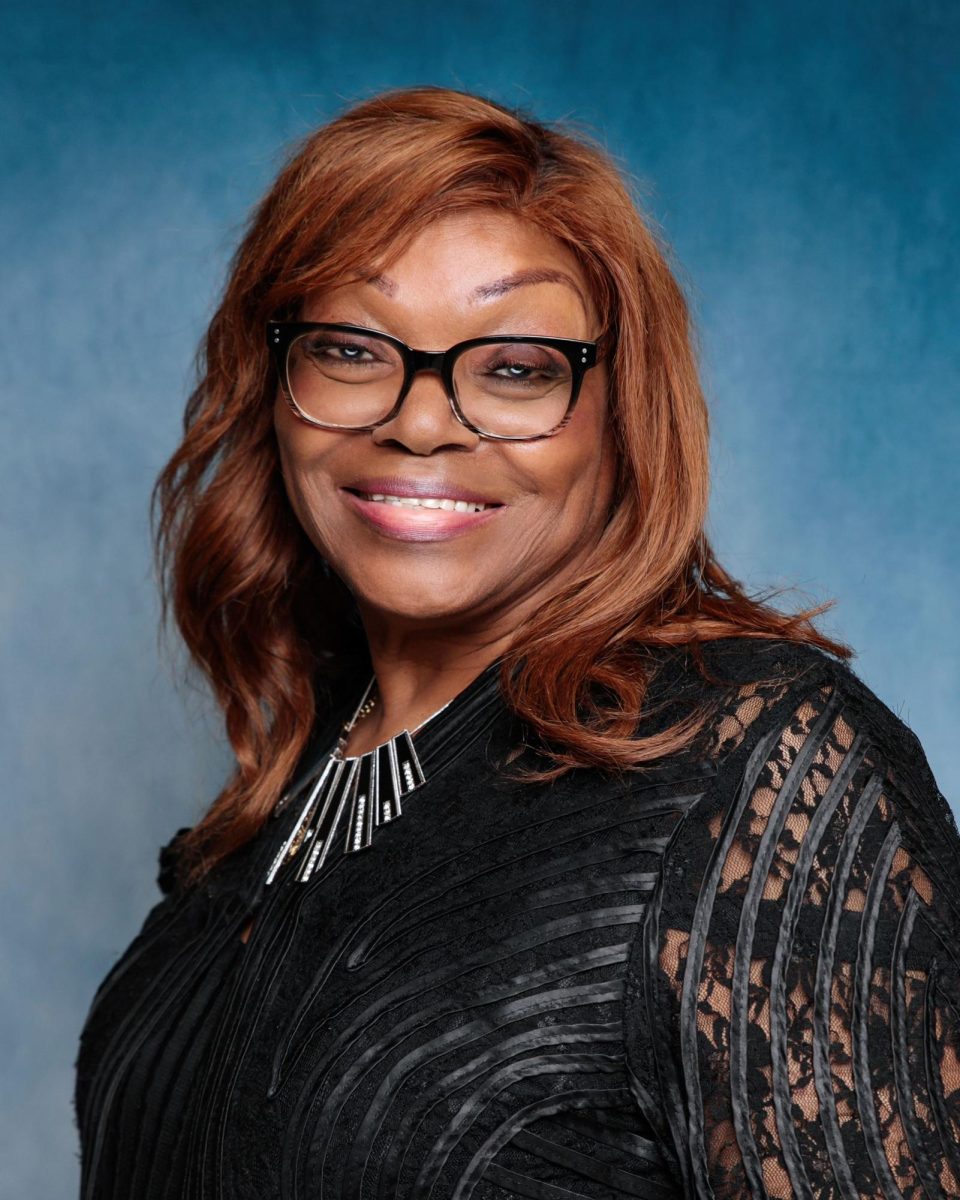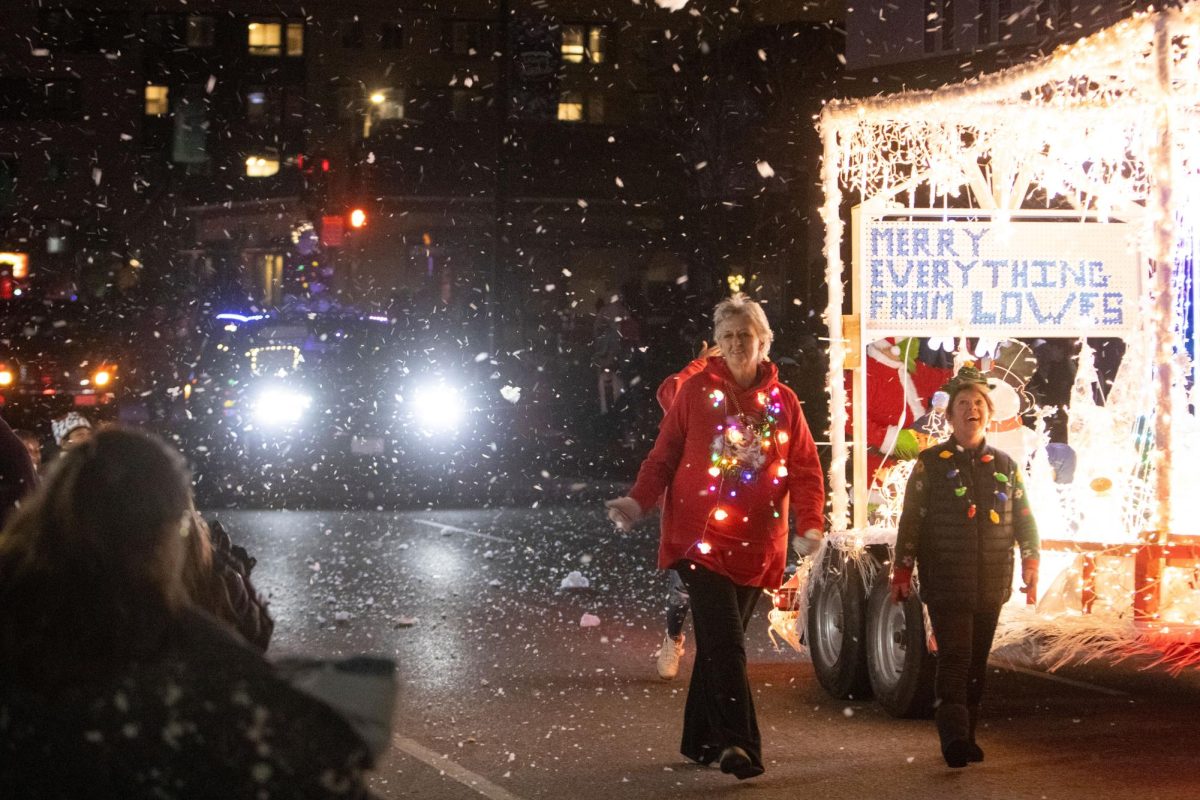Supreme Court to reconsider ‘one person, one vote’ principle this week
December 6, 2015
With the potential for a seismic shift in the political landscape of states hanging in the balance, the U.S. Supreme Court this week takes on a case that will test the framework of the “one person, one vote” principle that has defined political boundaries for generations.
The court on Tuesday will hear arguments in a case from Texas that threatens to upend how states draw their political districts based on census-driven overall population numbers — and could alter political influence in states such as California, where mushrooming Latino populations in urban areas, including illegal immigrants and other noncitizens, play a key part in shaping political maps.
Conservative groups have challenged the “one person, one vote” premise based on a simple argument that counting overall population, including those ineligible to vote, unfairly diminishes the power of citizens who are eligible to vote. They have urged the Supreme Court to invalidate the current system, which would force states to completely redraw local and state political districts using different factors and perhaps open the door to eventually reconfiguring congressional districts.
Advertisement
The backdrop of this legal showdown is the increasingly supercharged political tug-of-war between Republicans and Democrats over voting regulations. A 2013 Supreme Court’s ruling gutted key provisions of the Voting Rights Act, and efforts have been made in many Republican-leaning states to enact Voter ID laws that critics say target minority voters inclined to vote Democratic.
In the Texas case, two voters challenged how Texas draws state senate districts, arguing that they count for less in calculating those boundaries than ineligible voters used to assess total population numbers — whether noncitizens, children or even felons. Conservative groups have aligned with the challenge, arguing in Supreme Court briefs that the current system distorts the rights of nonvoters in the democratic process, particularly in states such as California, Texas and Florida, where larger numbers of noncitizens are counted in those census figures.
A three-judge federal court panel in Austin had rejected the two voters’ claim, and election law experts were surprised in May when the high court agreed to take the case.
Civil rights groups and 22 states, including California, have warned the Supreme Court of dire consequences if the current method is altered, arguing that politicians represent all people, not just those who vote. Critics of the Texas challenge, including the Democratic National Committee, suggest the case is a thinly veiled part of Republican efforts to undercut minority voting numbers.
In large part, the critics are banking on the Supreme Court’s own words in a 1964 ruling that upheld the one-person, one vote concept by saying “legislators represent people, not trees or acres.”
Despite the undercurrent of issues related to immigration and noncitizens, these groups note that other nonvoting blocs, notably children, tend to be represented heavily in census numbers in large urban areas and would lose protection if the system changed. Several cities, including Los Angeles and San Francisco, have sided with Texas in the case, saying that relying only on eligible voters “would make the nation’s cities and large urban areas the losers.”
The Obama administration also backs the current system, saying it is the only practical and constitutional way to draw political boundaries.
Advertisement*
For a state like California, a Supreme Court ruling upending the current one person, one vote system would not turn the heavily Democratic state Repbulican. But experts say it could shift a few legislative seats in a way that could alter state politics and tinker with local political boundaries. And while the U.S. Constitution requires use of total population in apportioning seats in Congress among states, a ruling for the plaintiffs could lead to a later challenge to how congressional districts are carved up within states.
Latino advocacy groups also worry it would be unfair in areas where noncitizen immigrants might not get equal treatment from their political representatives.
Advertisement







